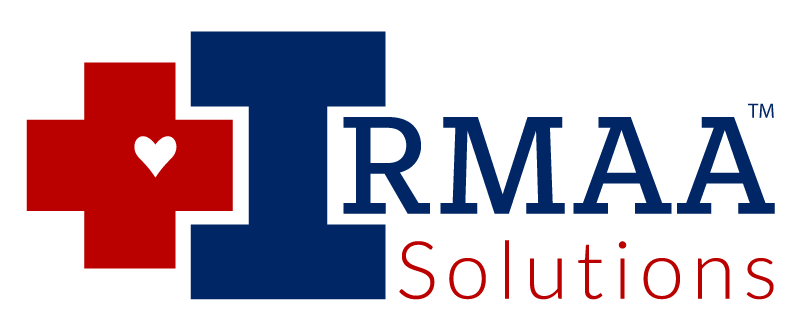The Income Related Monthly Adjustment Amount, better known as IRMAA, is a surcharge that is added to the current year’s Medicare Part B (hospital coverage) and Part D (prescription drug coverage) premiums for those who have earned “too much” income in a given year.
The income that used to determine Medicare’s IRMAA is defined by the Centers for Medicare Services (CMS) as ““adjusted gross income plus any tax-exempt interest” or everything on lines 2a and 8b of the IRS form 1040.
Some examples of income are: Wages, Social Security Benefits, Capital Gains, Dividends, Pension and Rental Income and distributions from tax-deferred investments like a Traditional 401(k) or IRA.
IRMAA is broken into 6 different income brackets which each bracket having its own income levels and surcharges for the current year.
The IRMAA brackets in 2021 are:
| < $88k | < $176k | $148.50 | Premium (varies) |
| $88k – $111k | $176k – $222k | $207.90 | Premium + $12.30 |
| $111k – $138k | $222k – $276k | $297.00 | Premium + $31.80 |
| $138k – $165k | $276k – $330k | $386.10 | Premium + $51.20 |
| $165k – $500k | $330k – $750k | $475.20 | Premium + $70.70 |
| >$500k | >$750k | $504.90 | Premium + $77.10 |
According to federal legislation Medicare’s IRMAA brackets will not change until 2028 if at all. Any changes that may occur are according to the discretion of the current Administration, which have increased them slightly over the past 3 years.
The first 4 brackets have been risen by just over 2.00% in 2020 and 2021 while the 5th and largest surcharge bracket has not
The Medicare Board of Trustees in its 2019 Annual Report is projecting that through 2028 the IRMAA brackets themselves will remain constant while the surcharges will increase at close to a 6.21% rate of inflation annually.

